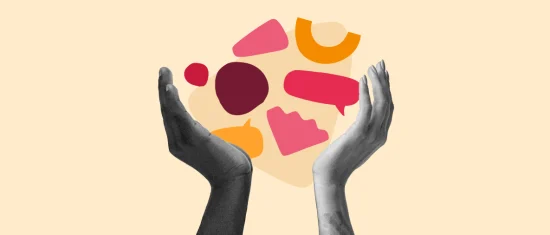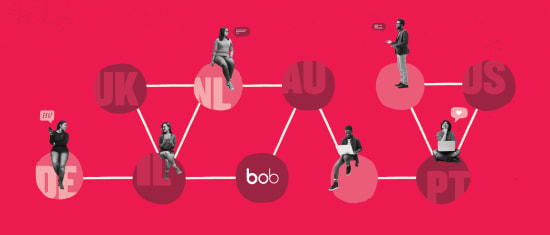HR leaders guide for non-binary gender inclusion
Explore best practices for non-binary inclusion in the workplace, covering laws, policies, and strategies to support gender-diverse people.

How can HR professionals continue to champion DEI&B (and improve it, even in the face…

For the modern HR leader, understanding the nuances and the importance of correct pronoun usage…

More than DE&I metrics is how organizations harness diversity and whether or not they reshape…

Like most of our over 3,000 customers, we’re a multi-national organization. We have offices in…

To build a more diverse and inclusive workplace, organizations must track key DEI&B metrics. Standing…

HR is in a unique position to set the tone and the culture towards accommodating…

An effective DE&I plan creates an environment where everyone can feel valued and comfortable and…

Cultural safety in the modern workplace involves both psychological and physical security, as well as…

The pillars of cultural safety: 1. What does cultural safety mean? 2. Existing laws protecting…